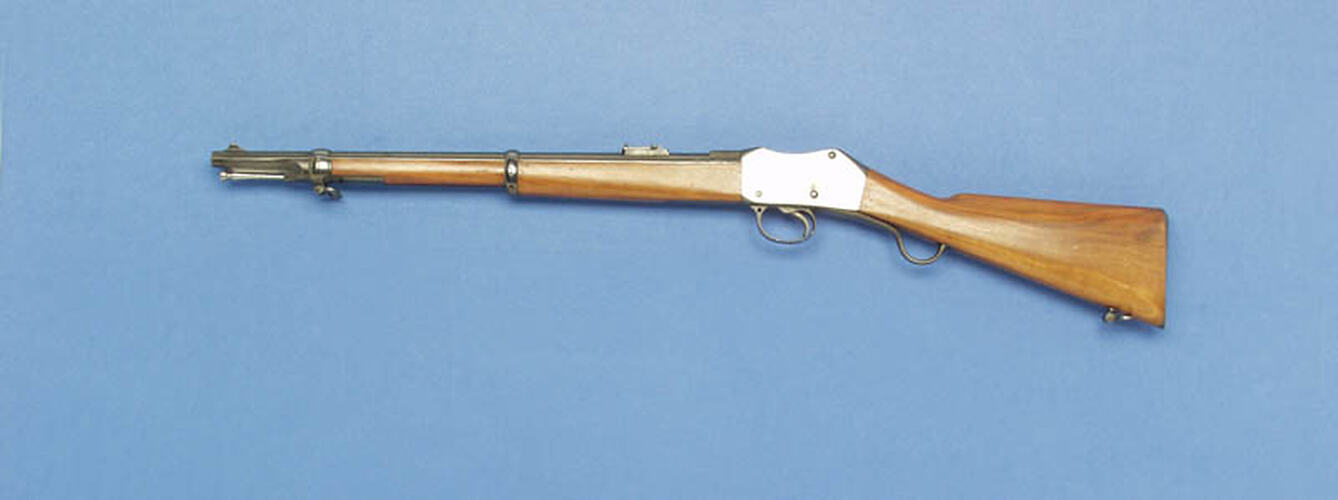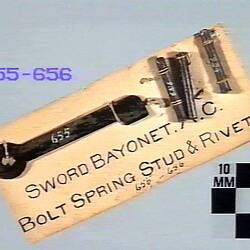Moves for the colony of Victoria to become self reliant in terms of arms and ammunition production had first arisen around the middle of the 19th century when various assumed threats - namely the Russians, and later French - were at their peak. The withdrawal of the last British Imperial troops from Australia in 1870 only exaggerated a feeling of insecurity in terms of defence that had been building throughout the decade preceeding their departure, a decade which saw the rapid rise of the Colony's volunteer forces.
In 1880, Frederick Sargood, an active member of the Victorian Volunteer forces, a prominent figure in public affairs, and later to become the Colony's first defence minister, returned to England following the death of his wife. His trip provided the Victorian colonial government with an ideal opportunity to draw on his broad experiences with the Colony's military defences.
At the same time, Britain was becoming increasingly aware of the difficulties of maintaining far-flung extensions of its Empire. The Indian Revolt in 1857-59 had been principal in shaking the security previously felt in London in regards to these colonies. Further conflicts in Afghanistan and South Africa towards the end of the 1870s added impetus to the issue and by 1880 a Royal Commission had been called to review the Empire's military strengths and weakness, with invitations being sent to the various colonial governments seeking representatives. Sargood's planned return in the same year placed him as a natural candidate for representing the colonial government.
Sargood's time in England included inspections of the Royal Small Arms Factory at Enfield, and the Royal Laboratory, Woolwich, from which he had obtained examples of the various stages of industrial manufacture of the Martini Henry rifle, Martini Henry carbine, bayonet, and the Enfield Mk I revolver. The report of 1881 for the Trustees of the Museums, Library and Gallery of Victoria lists a 'Collection of Arms, & c., from the Tower of London' received on 21 October. This collection, now comprising approximately 414 individual items, was donated by 'the Surveyor-General of the Ordnance of Great Britain, through the Hon. F.T. Sargood'.
These items, which made their way into the collections of the Industrial and Technological Museum, provide a rich and illustrative collection of the Colony's defence concerns and the booming industrial front as Victorian entered the 1880s.
References:
'Arsenal and Small-Arms Factory: A copy of all expert's reports, letters, and other papers in connection with the establishment of an arsenal and small-arms factory in Australia', Victorian Parliamentary Papers, 1888, vol.1, C.18.
Thomas, Benjamin (2002). Up in Arms: A History of the State Arms Collection, 1856-1900, unpublished BA Hons thesis, School of Fine Arts, Classical Studies and Archaeology, University of Melbourne.
More Information
-
Keywords
-
Authors
-
Article types

